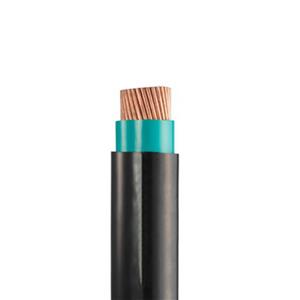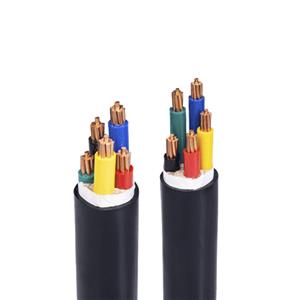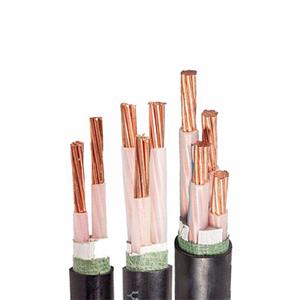The purity of copper, the reliability of plastic-allowing electricity to cross mountains and seas
In our daily lives, electricity is like an invisible yet ever-present companion, constantly present from dawn to dusk. Cables, the "blood vessels" of power transmission, play distinct yet equally important roles in homes and industry.The cable family encompasses numerous different models, each with unique characteristics and applications.
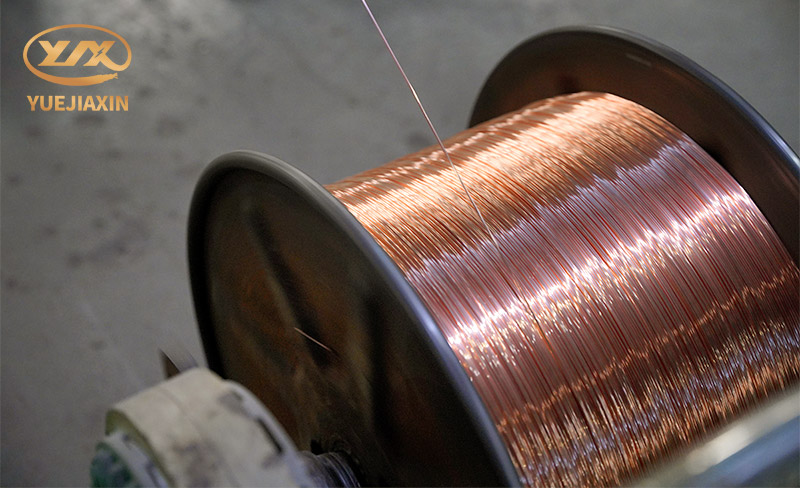
Currently, widely used medium and low voltage cables, such as YJV cables, offer excellent performance. They operate stably even in high-temperature environments or under high-load conditions. Their excellent electrical performance and high insulation resistance ensure stable power transmission and reduce energy loss. Their mechanical properties are equally impressive, with excellent tensile strength, impact resistance, and creep resistance. They can also withstand certain bending and installation stresses, making them suitable for complex installation environments. Additionally, flame-retardant (ZR-YJV) and fire-resistant (NH-YJV) variants are available for use in special environments such as firefighting and emergency lighting, where safety is paramount.
VV cables, also known as copper-core PVC-insulated and PVC-sheathed power cables, utilize PVC for both the insulation and outer sheath. VV cables offer excellent insulation properties, effectively preventing leakage current in wires and cables. They also exhibit excellent wear resistance and are not easily abraded. They also exhibit strong soothing properties and a long service life. They are also oil-resistant, making them suitable for use in harsh environments. All materials meet safety and environmental requirements, ensuring safety and reliability. In addition to these two "stars," there's also the YJLV cable, which is an aluminum-core, cross-linked polyethylene insulated, PVC-sheathed cable. Similar in structure to the YJV cable, it uses aluminum as the conductor. Its advantages lie in its light weight and low cost, making it suitable for long-distance power transmission. However, its conductivity and corrosion resistance are slightly weaker than those of the YJV cable. The RVV cable is a flexible, multi-strand twisted wire consisting of multiple insulated conductors, suitable for low-voltage power transmission and control circuits, such as those used for power supply and control lines for frequently mobile electrical equipment. The NH-YJV cable is flame-retardant and fire-resistant, suitable for firefighting systems and critical locations. In the event of a fire, it can maintain normal operation for a period of time, buying time for evacuation and fire rescue efforts.
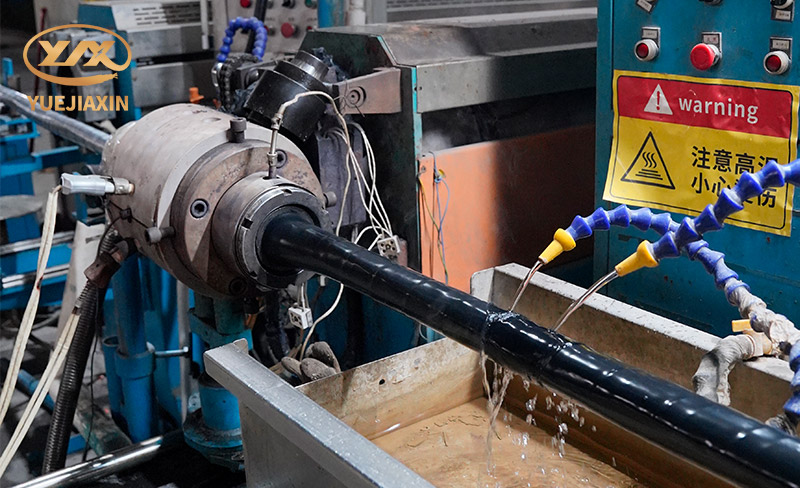
Different cable types are like water pipes of varying sizes: the thicker the pipe, the more water it can flow through. The larger the conductor cross-sectional area of the cable, the greater the current it can carry. For example, two common cable types, YJV and VV, have the same conductor cross-sectional area and installation conditions. Due to the advantages of their cross-linked polyethylene insulation, YJV cables generally have a higher current carrying capacity than VV cables. Looking at cables made of different conductor materials, the contrast between copper-core and aluminum-core cables is striking. Copper has low resistivity and good conductivity. Given the same cross-sectional area and installation conditions, copper-core cables have a higher current carrying capacity than aluminum-core cables. However, aluminum-core cables offer advantages such as lower cost and lighter weight, making them widely used in cost-sensitive, low-current-carrying, long-distance power transmission scenarios.
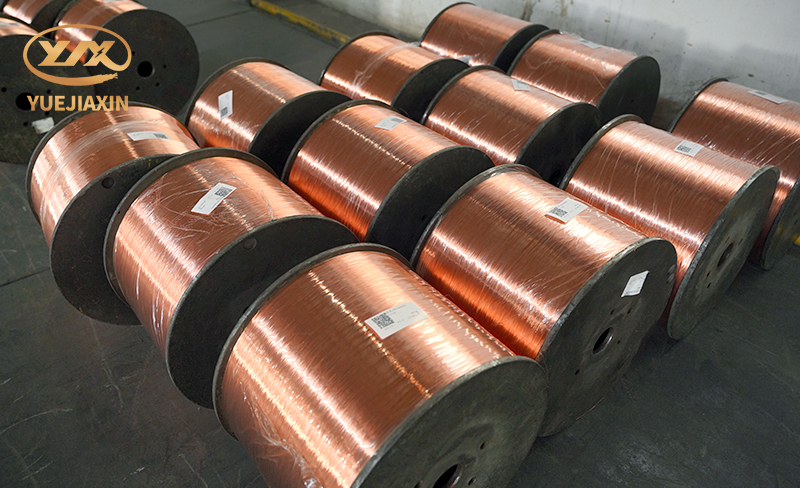
The current-carrying capacity differences between different cable types are determined by a variety of factors, including material, cross-sectional area, insulation material, ambient temperature, and installation method. In practical applications, it is crucial to accurately understand these differences and select the appropriate cable based on power requirements, environmental conditions, and other factors. This not only affects the efficiency and stability of power transmission, but is also closely linked to the safety of our lives and property.

